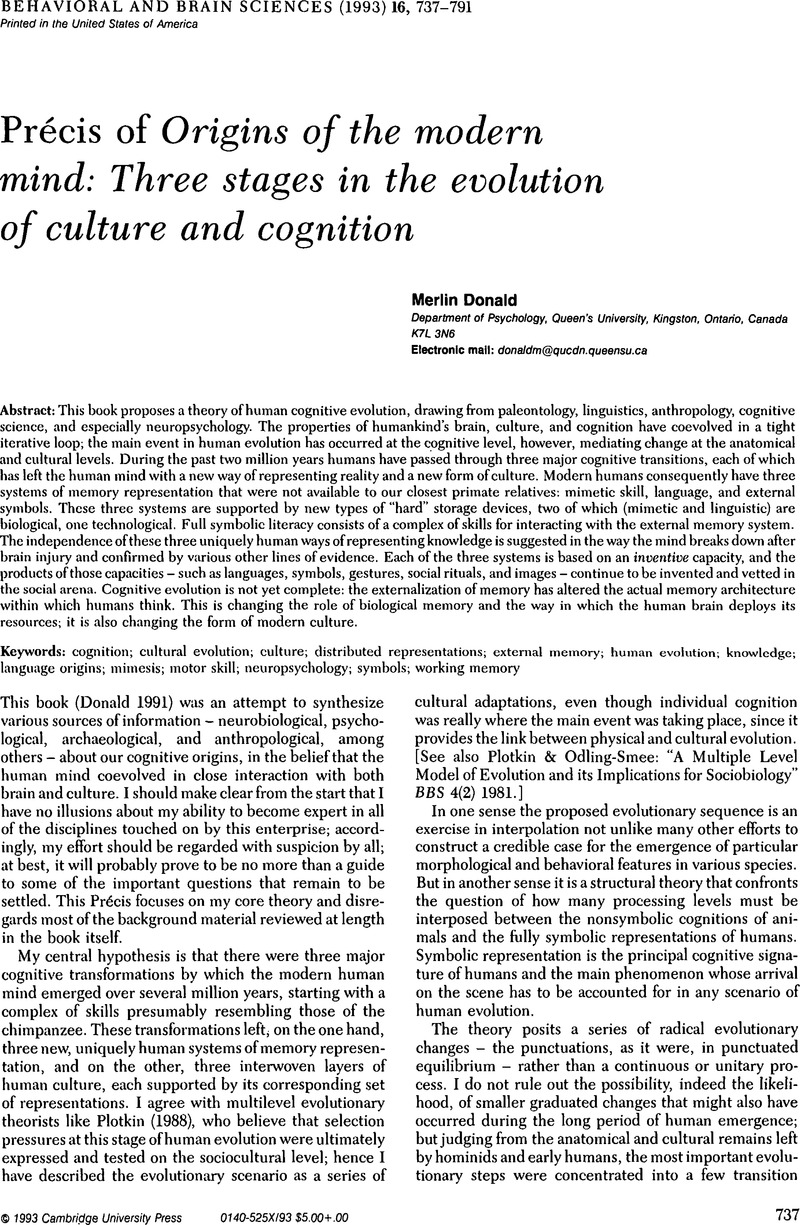Isaac, G. L. (
1983) Bones in contention: Competing explanations for the juxtaposition of Early Pleistocene artifacts and faunal remains. In:
Animals and archaeology: 1. Hunters and their prey, ed. J., Glutton-Brock & C., Grigson. British Archaeological Reports International Series S163. [PGC]
Google Scholar 